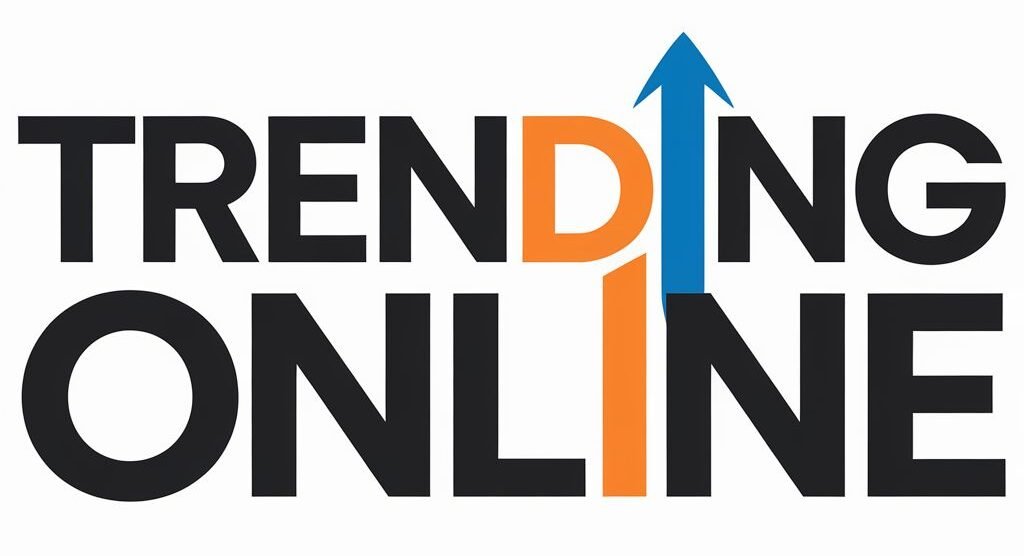Cape Town meets water targets but struggles with dirty rivers — report
Cape Town’s tap water remains among the cleanest in the country, but the city’s rivers and vleis tell a murkier story — many still don’t meet basic quality standards even as work to improve water and sanitation gathers speed.
That’s according to the City of Cape Town’s latest water and sanitation performance monitoring report, presented to the water and sanitation portfolio committee earlier this month.
The report tracks progress on 26 key performance indicators linked to the city’s five-year integrated development plan for 2022–2027, covering everything from water quality to infrastructure upgrades and service delivery.
While Cape Town’s drinking water continues to meet strict national safety benchmarks, the picture is less positive for its natural waterways.
Only 57.5% of samples taken from rivers and vleis in September met acceptable E. coli levels — below the city’s 60% target.
The report identifies the main causes as “sewer spillages, pump station failures, non-compliant discharges from wastewater treatment works and the lack of adequate sanitation services in informal settlements located near watercourses”.
Some catchments such as the Lourens River, Sand River and Noordhoek recorded good results, with water quality compliance above 80%.
Others — including the Kuils and Salt rivers — remained among the most polluted, with compliance levels below 35%.
In Mitchells Plain, the report describes water quality as “generally very poor, as the sewage flow is conveyed by the stormwater drainage system”.
Despite these challenges, the report shows strong performance in several key areas.
Between July and September 2025, 99.3% of water samples complied with the SANS 241 national drinking water standard — slightly exceeding the city’s 99% target.
SANS 241 is the SA National Standard that sets out the limits for safe drinking water, covering aspects such as microbiological, chemical and physical quality.
“The drinking water quality compliance has been consistent, as there has been no significant decrease in any of the various parameters measured,” the report stated.
The city also made steady progress in providing services to informal settlements.
In the first quarter of the 2025/26 financial year, 161 taps and 1,157 toilets were installed, surpassing the quarterly targets of 100 and 1,000 respectively.
The report said “the new financial year began at a slower pace due to delays in recruiting EPWP local labour … however, construction of taps commenced at the end of August, enabling us to achieve our first-quarter target”.
The sanitation rollout also exceeded expectations because of “additional requests received from newly formed areas, as well as condemnation and replacements of PFTs that have reached end of their lifespan,” according to the report.
Work to modernise Cape Town’s ageing water and sewer networks has also been stepped up.
The city replaced 18,169 metres of sewer reticulation pipeline and 10 408 metres of water mains in the first quarter — almost double what had been planned.
“The over-performance is linked to deviations from the planned targets, which resulted in the advancement of projects originally scheduled for later in the financial year,” the report said.
“This decision to advance these projects was driven by the need to address failing infrastructure and ensure service continuity.”
Water losses have continued to improve.
Non-revenue water — which includes leaks, theft and unbilled use — was recorded at 23.9% in September, well below the City’s annual ceiling of 29%.
Earlier spikes, the report said, were caused by “billing system clock-over errors” that were corrected in 2024, and performance “stabilised from March 2025″.
Average daily water use also remains comparatively low at 155.9 litres per person, well under the national average of 237 litres per day.
The report attributed the slight rise from post-drought lows to a “bounce back after the drought (relaxation of water-saving behaviour)”.
There were small signs of progress in recreational waterbodies.
Rietvlei, Zeekoevlei and Zandvlei were open to the public for an average of 84.6% of days during the first quarter, compared with 83% in the previous year.
On the supply side, the city’s long-term New Water Programme — which includes desalination, water reuse and groundwater projects — has added 48.9 million litres a day to the water system so far, with a target of 55m litres a day by June 2026.
The report ends by stressing the city’s continued focus on long-term water security and resilience.
“The water and sanitation directorate continuously reviews the long-term balance between available water supply and projected demand to ensure the city’s resilience against future water shortages,” it said.
IOL News
